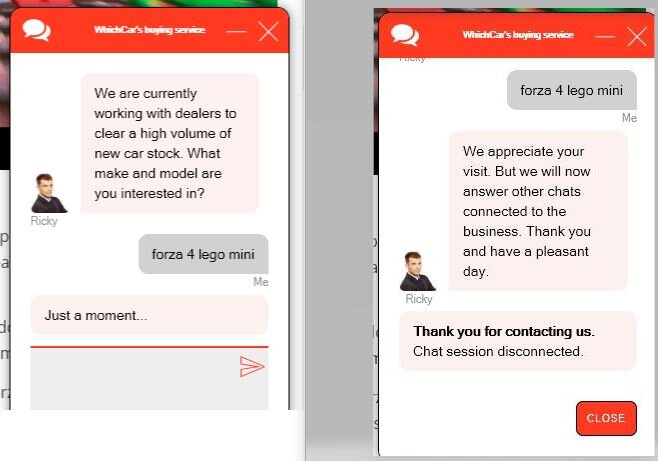If screenshot mode was a common thing when I was reviewing games, my screenshots would have been slightly more inappropriate than they already were. Unfortunately I only figured out how to get the GeForce overlay to work with A Plague Tale after finishing the game (windowed mode, FYI), so this is all I have to offer; the wonderful lens distortion and great imagery (not pictured: worth seeing for yourself if you ever play) really makes taking screenshots in it fun.
In episode 126 of the Game Under Podcast Tom Towers and Phil Fogg show solidarity by purchasing the biggest game bundle in history (what could possibly have motivated itch.io to make such an incredible bundle, I wonder?) and playing A Mortician’s Tale from said bundle, offer their thoughts on the PS5, Streets of Rage 4 and A Plague Tale: Innocence.
The dice also rolls on Sky: Children of Light, and the battle between modern history’s biggest tyrants (Hitler and Hobbes) is settled once and for all!
Listen here!
















